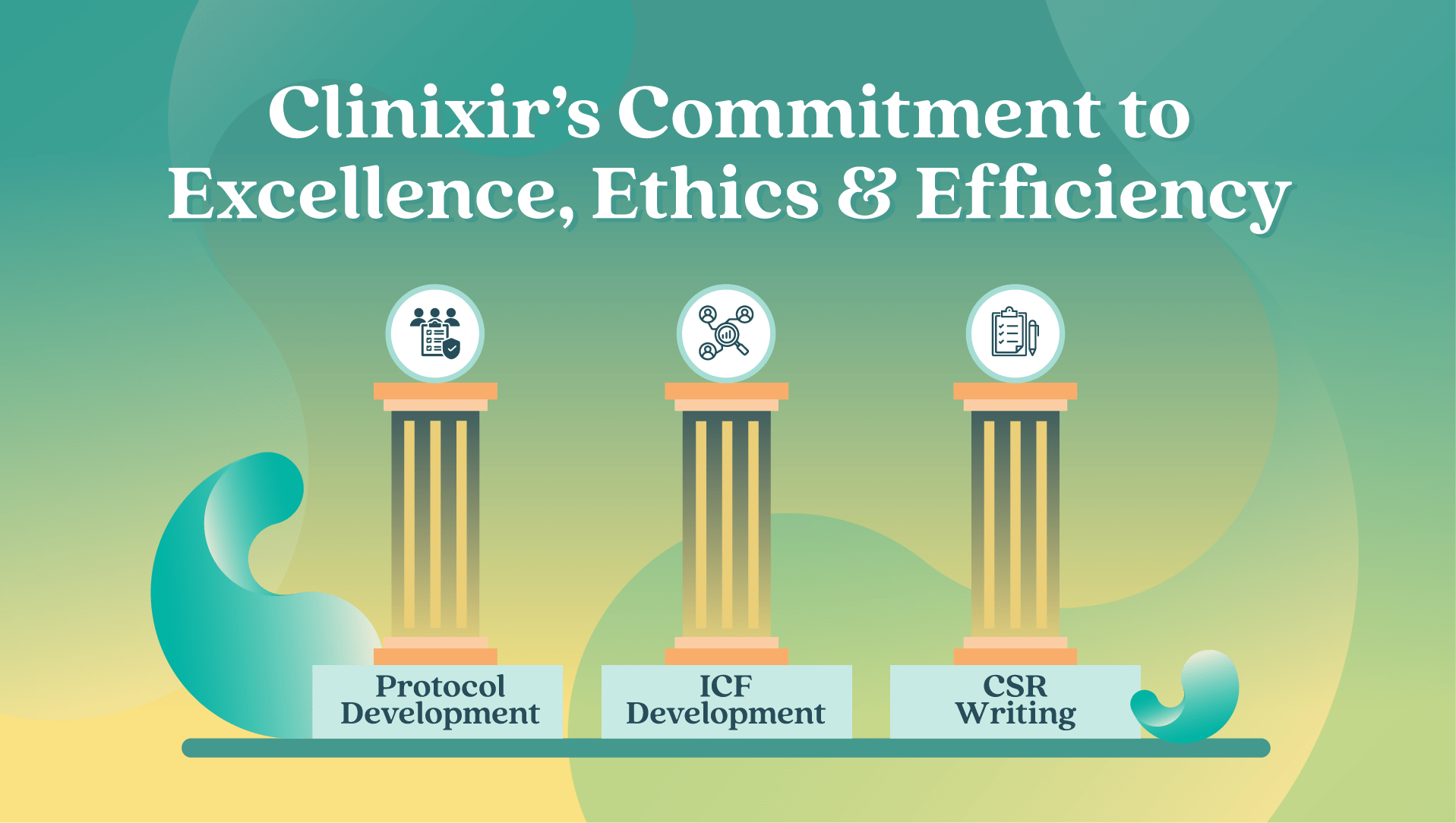Key Considerations for Conducting Clinical Trials in Pediatrics
Conducting clinical trials in pediatric populations presents unique challenges and ethical considerations. Children are not simply “small adults” – their bodies respond differently to medications, and they are at various stages of development, making it crucial for researchers to approach pediatric trials with care and responsibility. This article explores key considerations for conducting clinical trials in pediatrics, focusing on ethical issues, consent, safety, study design, and regulatory requirements.
1. Ethical Considerations in Pediatric Clinical Trials
Ethical considerations are paramount when conducting clinical trials involving children. Pediatric patients are a vulnerable population, and researchers must ensure that trials are ethically sound, prioritize the child’s welfare, and minimize potential risks.
Best Interests of the Child
The primary ethical principle in pediatric clinical trials is that the trial should benefit the child or pediatric population. This involves ensuring that the study’s risks are reasonable in relation to the potential benefits. Pediatric trials are typically conducted when the potential outcomes could improve pediatric care or treatment options, and it is necessary to test a drug or intervention in a population that has not been adequately studied in adults.
Assent and Parental Consent
Informed consent is a fundamental ethical requirement in clinical trials, but children cannot legally provide consent on their own. Instead, parental or guardian consent is required, and researchers must also obtain the child’s assent when appropriate. Assent is the child’s agreement to participate in the study, and it should be sought from children who are mature enough to understand what the trial entails, typically those over the age of 7.
Parents or guardians must be fully informed about the trial, including its purpose, risks, benefits, and alternatives. The child’s best interests should guide all decisions, and researchers must respect the child’s autonomy and right to refuse participation, even if the parents consent.
Minimizing Risks
The potential risks to pediatric participants must be minimized to the greatest extent possible. This includes using age-appropriate dosages, ensuring careful monitoring, and avoiding unnecessary procedures. Regulatory bodies often require that pediatric trials demonstrate a favorable risk-benefit ratio, meaning the potential benefits must outweigh the risks, or the trial should present only minimal risk.
2. Consent and Assent in Pediatric Clinical Trials
Obtaining informed consent and assent in pediatric clinical trials is a complex process. Researchers must communicate effectively with both the parents or guardians and the child, ensuring they understand the study and their rights.
Informed Consent from Parents/Guardians
Informed consent requires that parents or guardians be provided with all relevant information about the clinical trial, including its purpose, duration, procedures, risks, and benefits. Researchers should make every effort to communicate in simple, clear language that is understandable to individuals with varying levels of health literacy. This process is critical for ensuring that parents or guardians can make an informed decision about their child’s participation.
Child Assent
While children cannot legally consent, they can provide assent, which is a simplified form of agreement. Assent is required for children who are old enough to understand the trial’s basic elements, typically around 7 years of age and older, depending on cognitive maturity. The assent process involves explaining the trial to the child in age-appropriate language and ensuring the child understands they can decline or withdraw at any time.
Obtaining assent helps respect the child’s developing autonomy and encourages open communication between the child, parents, and researchers. Importantly, if a child refuses to participate, their wishes should generally be respected, even if the parents have given consent.
3. Safety and Dosing Considerations in Pediatric Trials
Safety is a top priority in pediatric clinical trials. Children’s bodies metabolize drugs differently than adults, and their developmental stages must be considered when determining the appropriate dosage and monitoring for adverse events.
Pediatric Dosing
Determining the correct dosage for pediatric patients is particularly challenging. Dosing in children cannot simply be adjusted based on weight or size relative to adults. Age, developmental stage, metabolism, and organ function must all be considered. Pharmacokinetics (the study of how drugs are absorbed, distributed, metabolized, and excreted) and pharmacodynamics (how drugs affect the body) vary significantly between children and adults, and even among children of different ages.
In pediatric trials, researchers often start with a lower dose and gradually increase it based on the child’s response. It is essential to ensure that the dosage is both safe and effective while minimizing the risk of adverse effects.
Monitoring for Adverse Events
Children may not always be able to articulate side effects or discomfort, making it essential for researchers to closely monitor for adverse events. Regular check-ups and non-invasive monitoring methods are often employed to assess the child’s health throughout the trial.
Researchers should use age-appropriate scales and questionnaires to gauge side effects, as well as feedback from parents or guardians. Continuous monitoring and reporting of adverse events are critical to ensuring the safety of the pediatric participants.
4. Study Design and Recruitment for Pediatric Trials
Designing a clinical trial for pediatric populations requires a thoughtful approach that accounts for the developmental differences and challenges of recruiting participants in this age group.
Age-Specific Study Design
The study design for pediatric trials must be tailored to the age and developmental stage of the participants. For example, neonates, toddlers, school-aged children, and adolescents all have different physical and cognitive needs, and the study design should reflect these differences.
Age-appropriate assessments, interventions, and outcome measures are essential to accurately capture the trial’s impact on the pediatric population. Researchers should also consider using innovative methods such as biomarkers, genetic testing, or non-invasive imaging to reduce the burden on young participants.
Recruitment Challenges
Recruiting pediatric participants for clinical trials can be difficult due to parental concerns, logistical issues, and the ethical complexities of involving children in research. Parents may be hesitant to enroll their child in a clinical trial due to concerns about safety or fear of the unknown.
To address these concerns, researchers should engage with parents and pediatricians early in the recruitment process, offering clear, honest information about the trial and its potential risks and benefits. Pediatricians play a key role in reassuring parents and guiding them through the decision-making process.
Retention Strategies
Retention is another challenge in pediatric trials, as families may face time constraints, travel difficulties, or concerns about the child’s well-being during the study. Offering flexible scheduling, providing transportation assistance, and ensuring regular communication between the study team and the family can help improve retention rates.
5. Regulatory Considerations for Pediatric Clinical Trials
Pediatric clinical trials are subject to stringent regulatory oversight to ensure the protection of child participants. In many countries, there are additional guidelines and requirements for pediatric trials that go beyond those for adult studies.
Pediatric Research Regulations
Regulatory bodies, such as the U.S. Food and Drug Administration (FDA) and the European Medicines Agency (EMA), have specific regulations governing pediatric trials. For example, the FDA’s Pediatric Research Equity Act (PREA) requires that drug companies study their products in pediatric populations if they are intended for use in children. Additionally, the Best Pharmaceuticals for Children Act (BPCA) encourages voluntary pediatric studies through incentives.
Researchers must comply with these regulations, ensuring that pediatric studies are ethically sound, scientifically rigorous, and designed to protect the safety and well-being of the child participants.
Ethics Committees and Institutional Review Boards (IRBs)
All pediatric trials must be reviewed and approved by an ethics committee or institutional review board (IRB). These bodies ensure that the study adheres to ethical guidelines and regulatory requirements, and they pay particular attention to the risk-benefit ratio in pediatric research.
Ethics committees may also require additional safeguards in pediatric trials, such as regular monitoring by an independent safety board or stringent criteria for stopping the trial if risks outweigh benefits.
Conducting clinical trials in pediatric populations requires careful consideration of ethical, safety, and regulatory factors. Ensuring that children’s rights are protected, that dosing is appropriate, and that trials are designed with the child’s best interests in mind is essential to producing meaningful results while safeguarding participant welfare. By following best practices, researchers can contribute to improving treatments and outcomes for pediatric patients, helping to close the knowledge gap in pediatric healthcare.
As a leading contract research organization, Clinixir is dedicated to conducting pediatric clinical trials with the utmost ethical and scientific standards. Our experienced team collaborates closely with regulatory authorities and research sites to ensure that every facet of pediatric research is centered on the well-being of children. Reach out to us today to discover how we can support your pediatric clinical research requirements.
You May Also Like
These Related Stories

A Step-by-Step Guide to eConsent ICF (Informed Consent Form)

The Essential Pillars of Professional Practice at Clinixir: Protocol Development, ICF Development, and CSR Writing



